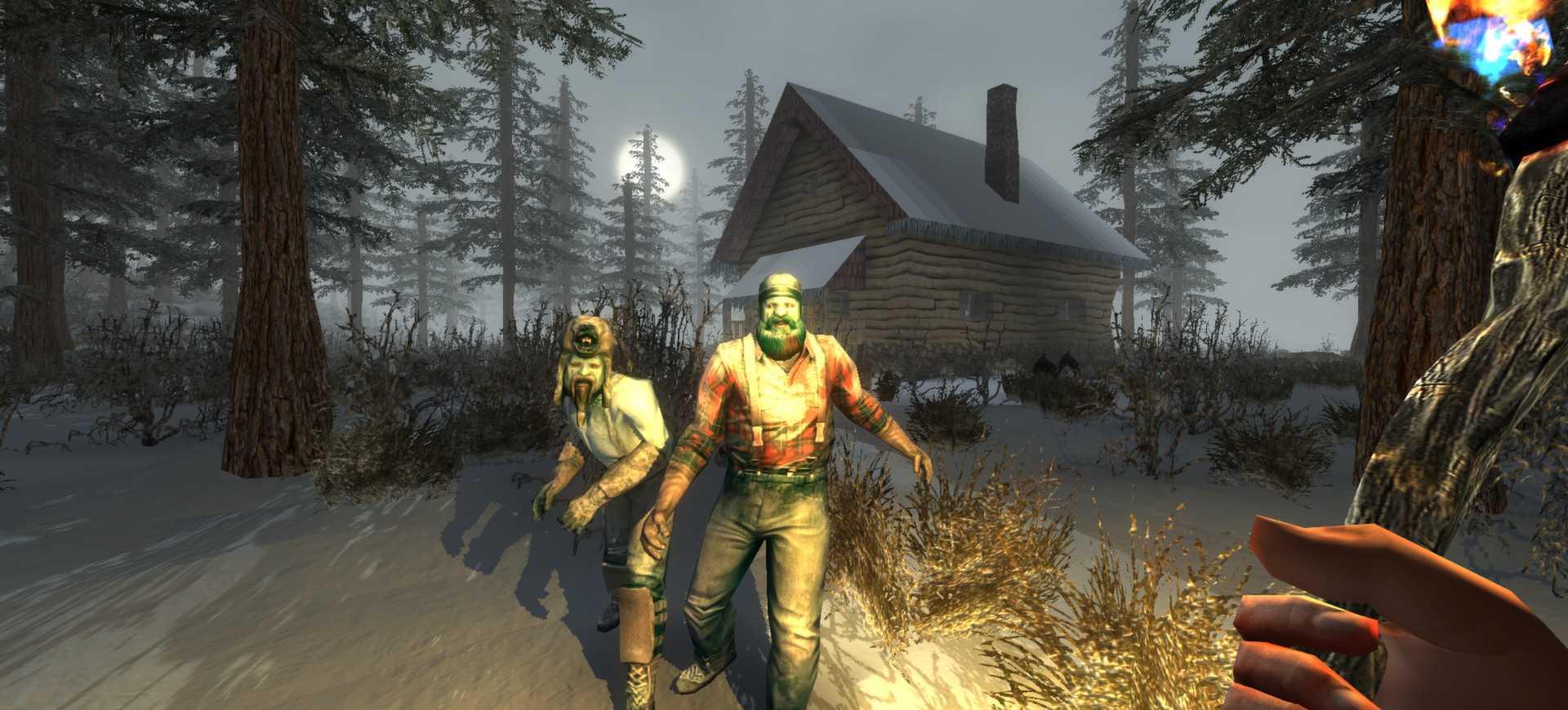

In 1982 she was treated by Hugh Ferguson, a psychiatrist who later saw Sheila. June suffered from depression and had been admitted to a psychiatric hospital in the 1950s-including in 1958 after Sheila's adoption-where she was given electroshock therapy at least six times. Unable to have biological children, the couple adopted Sheila and Jeremy as babies the children were not related to each other. This became significant because Jeremy's defence suggested that Sheila, a slim woman of 28, had been able to beat and subdue her father, something the prosecution contested. The Court of Appeal described Nevill as "a well-built man, 6 ft 4 in (193 cm) tall and in good physical health". He and his wife, June ( née Speakman, born 3 June 1924, also 61 when she died), had married in 1949 and moved into the Georgian White House Farm on Pages Lane, Tolleshunt D'Arcy, Essex, set among 300 acres (120 ha) of tenant farmland that had belonged to June's father. Ralph Nevill Bamber (known as 'Nevill', born 8 June 1924, 61 when he died) was a farmer, former Royal Air Force (RAF) pilot, and magistrate at the local Witham magistrates' court.

A key issue was whether their daughter Sheila was strong enough to have subdued Nevill, who was 6 ft 4 in (193 cm) tall, in what appeared to have been a violent struggle in the kitchen. Bamber family June and Nevill Bamber Nevill and June Bamber. It became a central plank of the prosecution's case that the father had made no such call, and that the only reason Jeremy would have lied about it-indeed, the only way he could have known about the shootings when he alerted the police-was that he was the killer himself.

Jeremy said that he did, that he alerted police, and that Sheila fired the final shot while he and the officers were standing outside the house. Ī key issue was whether Jeremy had received a call from his father that night to say Sheila had "gone berserk" with a gun. Between 20, his lawyers submitted several unsuccessful applications to the Criminal Cases Review Commission, arguing that the silencer might not have been used during the killings, that the crime scene may have been damaged then reconstructed, that crime-scene photographs were taken weeks after the murders, and that the time of Sheila's death had been miscalculated. Jeremy protested his innocence throughout, although his extended family remained convinced of his guilt. The Court of Appeal upheld the verdict in 2002. Bamber was convicted of five counts of murder in October 1986 by a 10–2 majority verdict, sentenced to a minimum of twenty-five years, and informed in 1994 that he would never be released. A silencer, the prosecution said, was on the rifle and would have made it too long, they argued, for Sheila's fingers to reach the trigger to shoot herself. The prosecution argued that, motivated by a large inheritance, Bamber had shot the family with his father's semi-automatic rifle, then placed the gun in his unstable sister's hands to make it look like a murder–suicide. But weeks after the murders, Jeremy's ex-girlfriend told police that he had implicated himself. Police initially believed that Sheila, diagnosed with schizophrenia, had fired the shots then turned the gun on herself. The only surviving member of June and Nevill's immediate family was their adopted son, Jeremy Bamber, then 24 years old, who said he had been at home a few miles away when the shooting took place.

Nevill and June Bamber were shot and killed inside their farmhouse at White House Farm along with their adopted daughter, Sheila Caffell, and Sheila's six-year-old twin sons, Daniel and Nicholas Caffell. The White House Farm murders took place near the village of Tolleshunt D'Arcy, Essex, England, United Kingdom, during the night of 6–7 August 1985. Jeremy Bamber (then 24), convicted on 28 October 1986 of five counts of murder


 0 kommentar(er)
0 kommentar(er)
